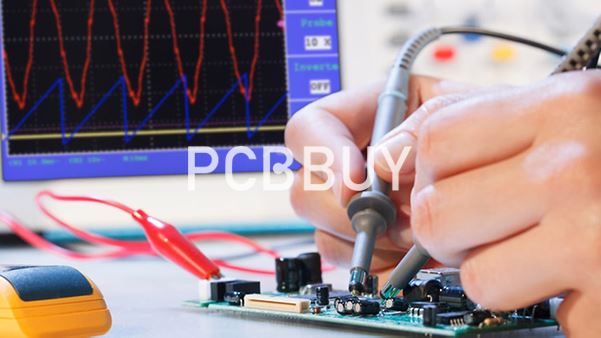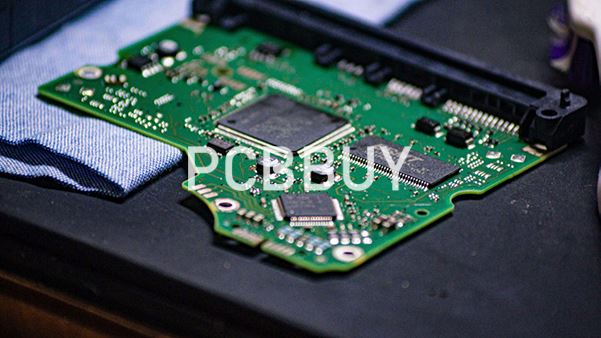what is Electronic scale pcb?
By:PCBBUY 01/31/2024 23:38

The core components of an electronic weighing scale PCB typically include a load cell, signal processing circuit, microprocessor, and display module. The working principle is based on the load cell detecting pressure and converting it into an electrical signal. This signal undergoes amplification, filtering, and linearization through the signal processing circuit. The microprocessor then collects, processes, and stores the data, ultimately presenting the results to the user through the display module.
Structural Components of Electronic Weighing Scale PCB
The structural components of the electronic weighing scale PCB primarily include:
Load Cell: Detects pressure and converts it into an electrical signal, often using strain gauge or resistive strain gauge sensors.
Signal Processing Circuit: Amplifies, filters, and linearizes the electrical signal from the load cell to reduce errors and noise, ensuring higher measurement accuracy.
Microprocessor: Collects and processes data from the load cell, storing and controlling functions. The microprocessor typically features an integrated ADC (Analog-to-Digital Converter) and algorithms for precise measurements and control.
Display Module: Displays measurement results to the user, commonly using LED or LCD screens.
Interface Circuit: Connects external devices such as communication interfaces and keypad inputs for data transfer and control functions.

Main Functions of Electronic Weighing Scale PCB
Weight Measurement: The electronic weighing scale PCB measures weight accurately by detecting pressure through the load cell. After signal processing and microprocessor handling, precise weight measurements are achieved.
Data Processing: The microprocessor processes, stores, and transmits the collected data. Users can view measurement results through the display module or connected external devices.
Calibration and Compensation: The electronic weighing scale PCB includes calibration and compensation functions. Software algorithms correct system errors, enhancing measurement accuracy.
Display and Indication: The display module presents measurement results to users, indicating weight, units, battery levels, and other relevant information.
Safety Protection: The PCB incorporates safety features such as overload protection and electrostatic discharge protection to prevent equipment damage and ensure user safety.

Manufacturing Process of Electronic Weighing Scale PCB
The manufacturing process of the electronic weighing scale PCB involves the following key steps:
Circuit Design and Routing: Based on product requirements, design the circuit and routing to determine the positions and connections of various components.
PCB Fabrication: Print and process circuit patterns on copper-clad boards according to the designed circuit diagram, forming multi-layered composite PCBs.
Component Soldering: Solder electronic components onto the PCB according to design specifications to ensure proper arrangement and connections.
Testing and Debugging: Test and debug the assembled PCB to ensure all functions work correctly. Testing includes electrical performance testing, visual inspection, and functional testing.
Assembly and Packaging: Assemble and package PCBs that pass the tests, making them usable components for electronic weighing scales. The assembly process includes securing the PCB in the appropriate position, connecting sensors, display modules, etc., and conducting necessary adjustments and tests.

Development Trends of Electronic Weighing Scale PCB
With continuous technological development, electronic weighing scale PCBs are evolving. Some development trends include:
High Precision and Stability: To provide more accurate measurements, electronic weighing scale PCBs will continue to enhance precision and stability. Advanced signal processing technology and algorithms will be employed to improve interference resistance and minimize errors.
Multifunctional Integration: Future electronic weighing scale PCBs will trend towards multifunctional integration, incorporating features such as heart rate monitoring, body fat measurement, providing users with comprehensive health data.
Smart Technology: Through the integration of artificial intelligence, electronic weighing scale PCBs will achieve more intelligent functions such as automatic user identification, personalized settings, and intelligent recommendations.
Industry Category











